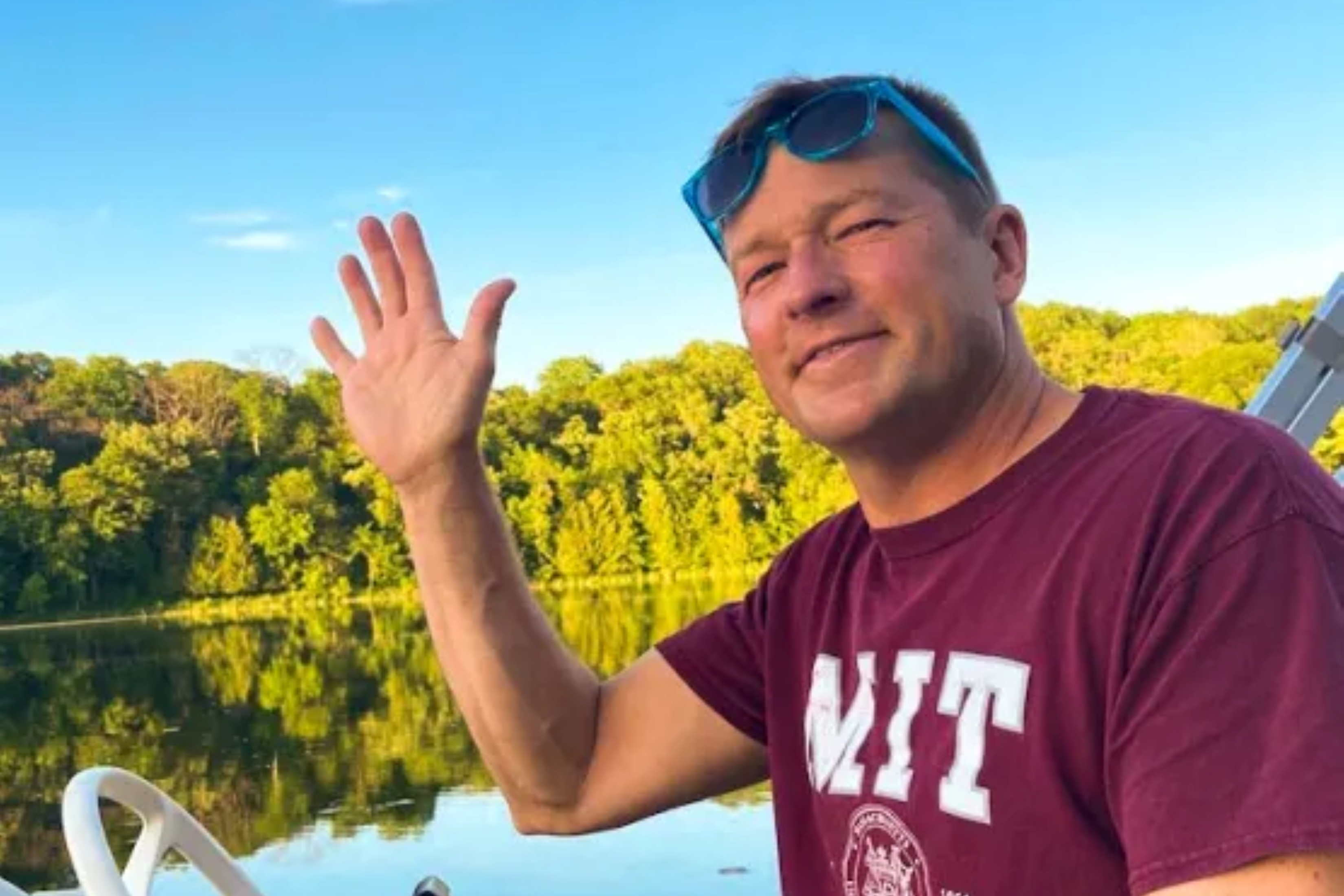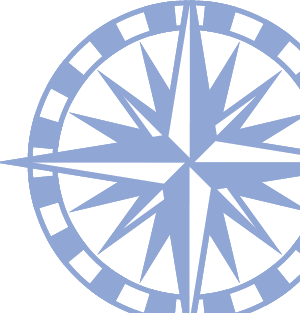Filling a Gap in Traumatic Wound Care
-
-
MIT Technology Review
Filed Under
Recommended

Andy Obst ’90 and his wife, Mary Anne, don’t have your standard evening wind-down chats. That’s understandable given the work they share: inventing and manufacturing medical devices to treat patients with traumatic wounds.
“For better or worse, it comes back to the patients and the work,” Andy says. “And we’re not in a glamorous space. We’re blood and guts and bodily functions. So our dinner conversations aren’t great.”
The Obsts began their company, Fistula Solution, more than 10 years ago to improve health outcomes for patients with complex wounds, particularly enteric fistulas (abnormal connections between two organs of the gastrointestinal tract caused by an injury or illness) and high-output ostomy stomas (surgically created holes in the abdomen that redirect waste into a pouch outside the body).
Through a decades-long career as a registered nurse, Mary Anne had seen patients suffer and even die from a lack of available care for certain types of injuries that traverse straight through the skin into the intestines. These fistulas cause uncontrollable leakage of bodily fluids and feces to the outside of the body.
When she devised a new device to help such patients, she knew just the business and manufacturing expert to partner with—her husband.
“Mary Anne is our inventor,” Andy says. “I’ve got a good skill set around operational execution.”
Fistula Solution holds seven patents and was recently awarded a National Institutes of Health grant to develop a new device called the Limpet, a more efficient way to manage waste from stomas. The Obsts are currently studying its effectiveness in a randomized clinical trial at Regions Hospital in St. Paul, Minnesota, where Mary Anne still works.
“When it comes down to our values for the business, our first priority is to heal the patient. And these are patients that are primarily overlooked by the larger medical-device companies out there,” says Andy.
Andy and Mary Anne were high school sweethearts in a small farming community in Minnesota but parted ways when they went off to college. Andy initially studied engineering at the University of Minnesota, but after his sophomore year, he transferred to MIT and earned his degree in mechanical engineering on an Army ROTC scholarship. He joined Beta Theta Pi and formed lasting relationships with his brothers there; they still get together for a yearly euchre card tournament in New Orleans.
When it comes down to our values for the business, our first priority is to heal the patient. And these are patients that are primarily overlooked by the larger medical-device companies out there.
MIT’s “firehose” environment prepared him for being a business owner in a field with high stakes for the products’ users.
“You learned how to execute and just get the work done. If there was a deadline, you had to hit it,” he says. “That’s carried forward with me, that you don’t miss the deadline—you get it done and you do whatever it takes.”
After four years in the Army to fulfill his ROTC commitment, Andy got his MBA from the University of Texas. He worked at a management consulting company and started his own before moving back to Minnesota. There he reconnected with Mary Anne, and they married soon after.
Since starting their business, they have helped thousands of patients struggling with fistulas and other complex wounds. Their work has taken them around the world, most recently to Poland through the Canadian Ukrainian Surgical Aid Program. There they assisted a surgical team caring for people injured in the war in Ukraine.
With everything the couple has going on, how do they manage their work-life balance?
“I’ll just be straight: I don’t think we’ve nailed it. We have been making a bigger effort to try to get out and travel for ourselves, not travel related to the business,” he says. “We’ve been married for over 20 years and still love each other, so that’s good.”
Are you celebrating a milestone reunion like Andy Obst ’90 is? Learn more about MIT Tech Reunions taking place May 30 to June 1 on MIT's campus.
This story also appears in the May/June issue of MIT Alumni News magazine, published by MIT Technology Review.
Photo by Mary Anne Obst








